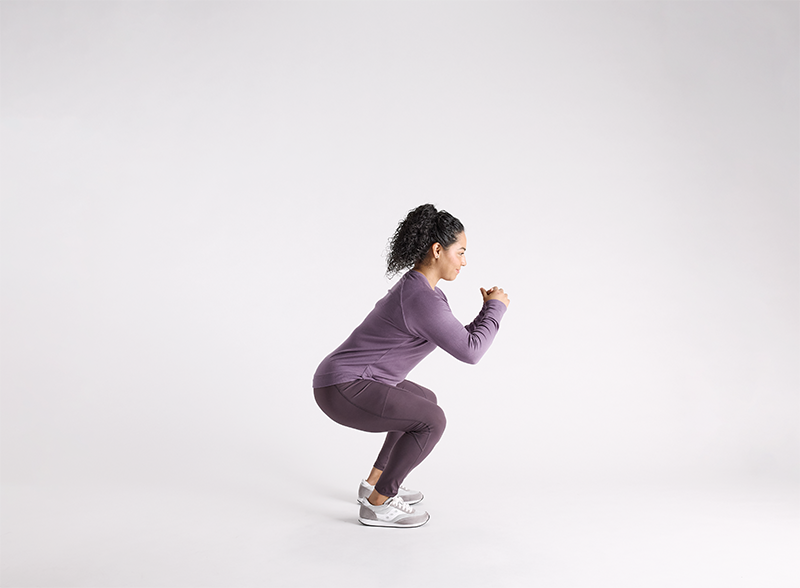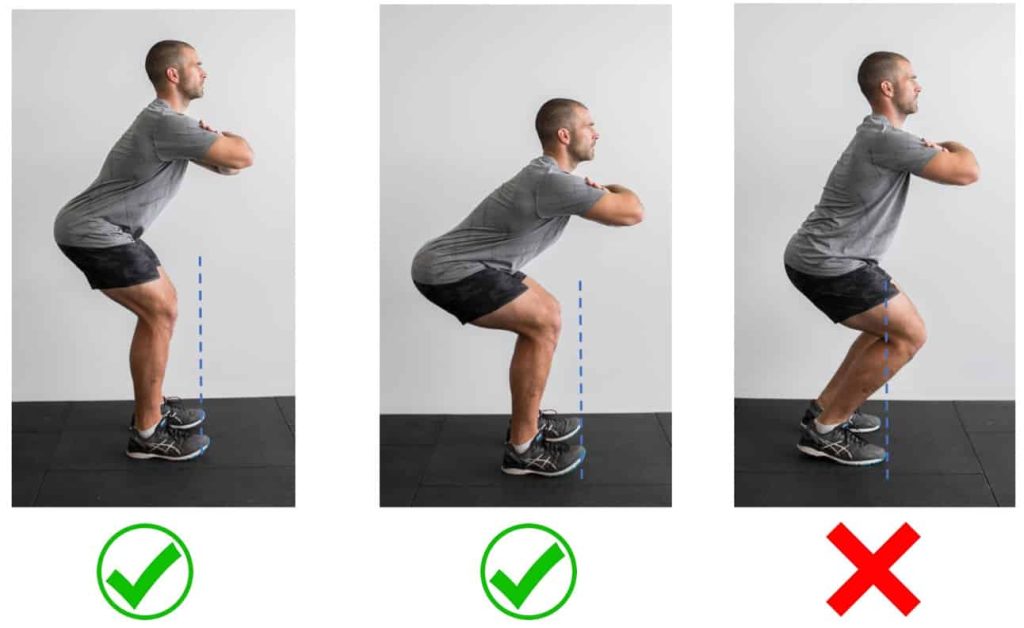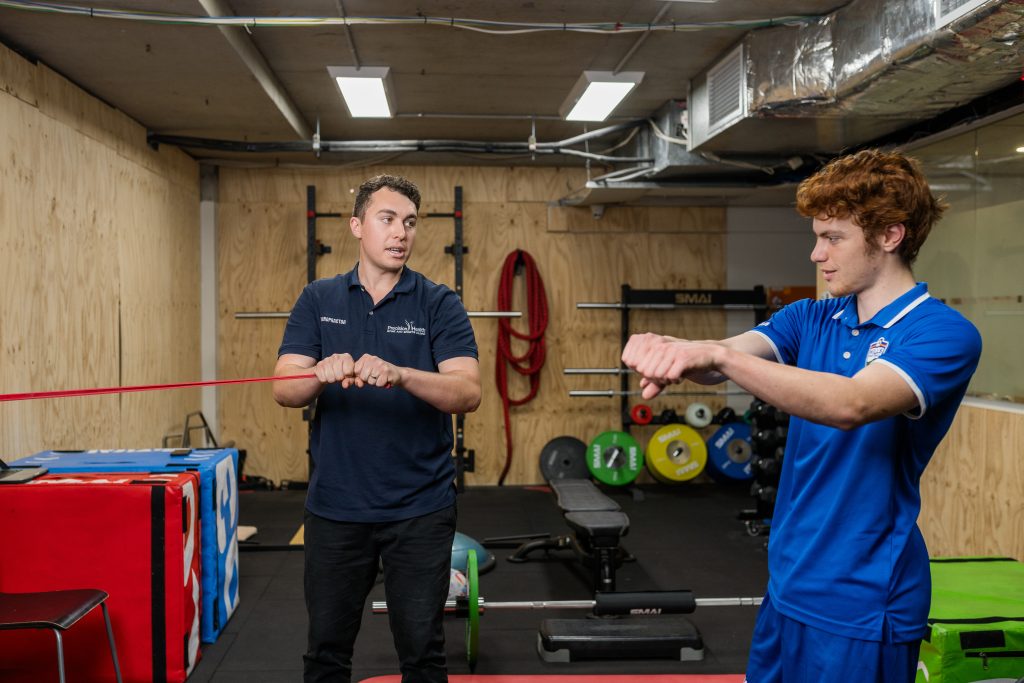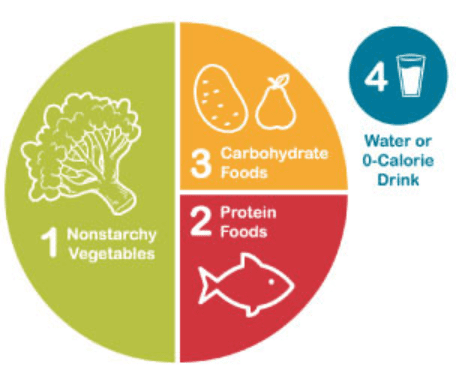The Ultimate Guide to Using Resistance Bands
Resistance bands are versatile, portable, and effective tools for enhancing strength, flexibility, and rehabilitation. Whether you are a seasoned athlete or a fitness beginner, incorporating resistance bands into your workout routine can offer numerous benefits. This guide will explore the types of resistance bands, their advantages, and how to use them effectively, as well as provide a selection of exercises to get you started.
Types of Resistance Bands
Resistance bands come in various forms, each suited to different exercises and fitness levels:
Loop Bands:
Continuous loops ideal for lower-body exercises like leg lifts and glute bridges.
Tube Bands with Handles:
Versatile bands equipped with handles, suitable for upper-body movements such as bicep curls and shoulder presses.
Therapy Bands:
Flat bands without handles, commonly used in rehabilitation settings for gentle resistance.
Benefits of Using Resistance Bands
Incorporating resistance bands into your fitness routine offers several advantages:
Versatility:
Suitable for a wide range of exercises targeting different muscle groups.
Portability:
Lightweight and easy to carry, making them perfect for home workouts or travel.
Adjustable Resistance:
Resistance increases as the band stretches, providing a unique form of progressive resistance.
Joint-Friendly:
Offer a low-impact alternative to traditional weights, reducing the risk of injury.
Getting Started with Resistance Bands
To effectively incorporate resistance bands into your workouts:
1. Choose the Right Band:
Select a band that matches your fitness level and the exercises you plan to perform. Bands come in various resistance levels, often color-coded for easy identification.
2. Ensure Proper Setup:
Anchor the band securely to prevent slippage. Many bands come with door anchors or can be looped around sturdy objects.
3. Focus on Form:
Maintain proper posture and alignment during exercises to maximise effectiveness and prevent injury.
4. Progress Gradually:
Start with lower resistance and gradually increase as your strength improves.
Sample Resistance Band Exercises
Here are some effective resistance band exercises to incorporate into your routine:
Resistance Band Squat
Stand on the band with feet shoulder-width apart, holding the handles at shoulder height. Lower into a squat, keeping your chest up and knees behind your toes. Return to standing. This targets the quads, hamstrings, and glutes.

Chest Press
Anchor the band behind you at chest height. Hold the handles, step forward to create tension, and press the handles forward until your arms are extended, elbows slightly bent. This works the chest, shoulders, and triceps.

Row
Anchor the band at a low point in front of you. Hold the handles, step back to create tension, and pull the handles towards you, keeping elbows close to your body. This engages the back muscles, biceps, and forearms.

Deadlift
Stand on the band with feet hip-width apart, holding the handles. Keeping your back straight, hinge at the hips to lower the handles towards the ground, then return to standing. This targets the hamstrings, glutes, and lower back.

Lateral Walk
Place a loop band around your legs just above the knees. Lower into a squat position and step side-to-side, maintaining tension in the band. This activates the hip abductors and glutes.

Safety Tips
Inspect Bands Regularly
Check for signs of wear or damage before each use to prevent snapping.
Control Movements
Avoid jerky motions; perform exercises with controlled movements to maximise effectiveness and reduce injury risk.
Consult a Professional
If you are new to resistance training or have existing health conditions, consult a fitness professional or healthcare provider before starting.
Conclusion
Resistance bands are a valuable addition to any fitness regimen, offering versatility, portability, and effectiveness. By understanding the different types, benefits, and proper usage, you can enhance your workouts and achieve your fitness goals. Remember to start with appropriate resistance levels, focus on proper form, and progress gradually to maximise benefits and minimise injury risk.

References
- Verywell Health. (2023). How to Use Resistance Bands. Retrieved from https://www.verywellhealth.com/how-to-use-resistance-bands-8697067
- Men's Health. (2023). 30 Resistance Band Moves You Can Do at Home. Retrieved from https://www.menshealth.com/fitness/a32093962/resistance-band-workouts/
- Greatist. (2023). 33 Resistance Band Exercises You Can Do Literally Anywhere. Retrieved from https://greatist.com/fitness/resistance-band-exercises
- SPRI. (n.d.). 3-in-1 Resistance Tube Exercises. Retrieved from https://www.spri.com/pages/3-in-1-tube-exercises
- Lit Method. (2023). Resistance Bands — How To Properly Use Them: A Beginners Guide. Retrieved from https://www.litmethod.com/blogs/boltcut-blog/how-to-use-resistance-bands



















